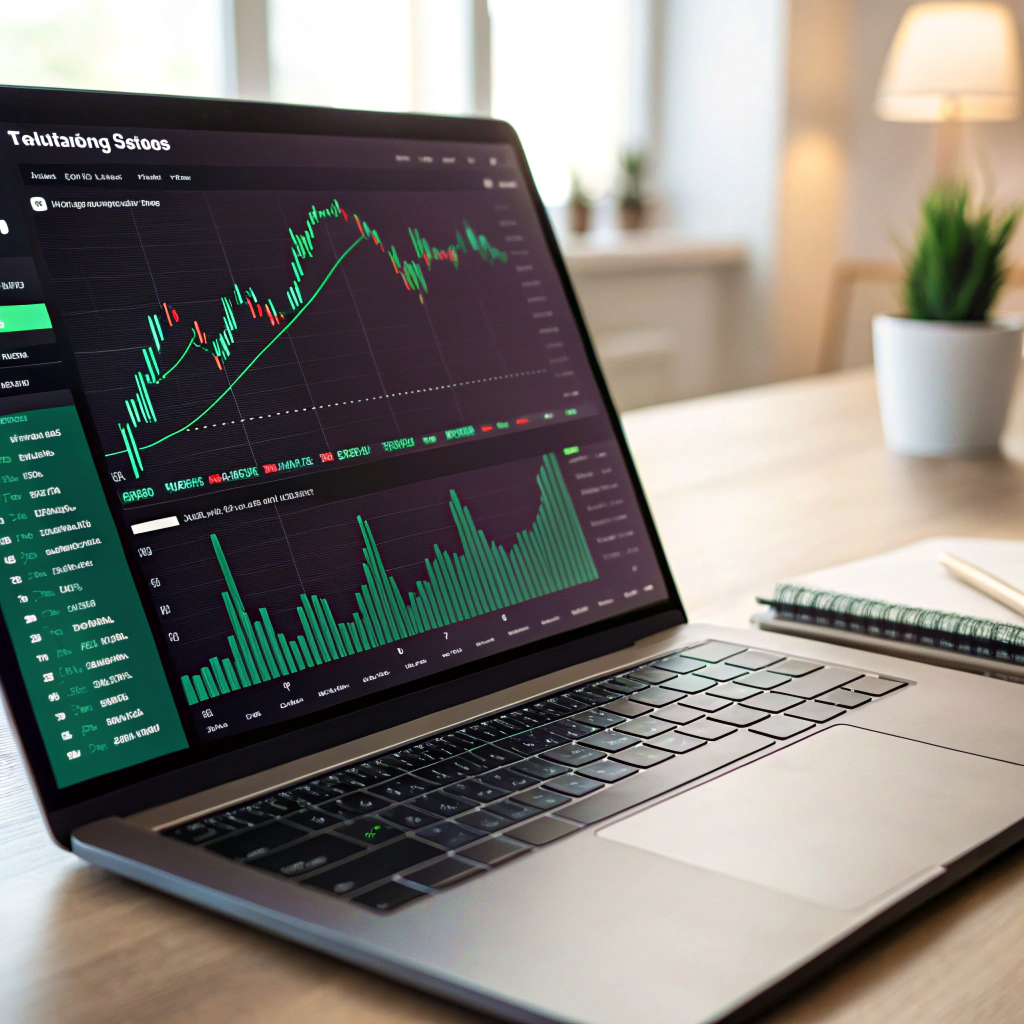
Understanding STP Accounts
What Is Straight‑Through Processing (STP) In Forex?
Straight‑Through Processing, or STP, is a bridge between your trade order and global liquidity providers — banks, funds, and other institutions that truly move currency. Unlike traditional dealing‑desk models, STP sends orders directly “through” to these providers, slashing delays and removing potential conflicts of interest.
Core Characteristics Of STP Accounts
- No Dealing Desk: Orders bypass broker intervention, meaning your fill price is what the market offers.
- Variable Spreads: Spreads widen or tighten based on real‑time liquidity; when the market’s liquid, yours stay competitive.
- Minimal Requotes: Since orders aren’t held in a middle layer, requotes are rare, letting you capture target prices more reliably.
- Straightforward Fees: You’ll often see either built‑in spreads only or a small commission per round turn — no hidden markups.
The Mechanics Of STP Execution
How Orders Are Routed To Liquidity Providers
When you click “buy” or “sell,” your order is packaged and sent to a pool of liquidity providers. The broker’s STP engine shops around, matching your request to the best available bid or ask among those providers. That means you’re often getting interbank‑level pricing rather than a retail markup.
Execution Speed, Transparency, And No‑Dealing‑Desk Model
Speed is critical in forex, where pip swings can erase profits in seconds. STP leverages high‑speed networks — often Equinix data centers and other fiber‑optic links — to execute orders in milliseconds. Without a dealing desk, brokers have no incentive to delay or manipulate fills, so you enjoy cleaner execution and transparent pricing.
STP Account Types Explained
Standard STP Accounts
This is the bread‑and‑butter STP offering: zero commission, slightly wider floating spreads, and straight pass‑through of orders. Ideal for traders who want simplicity and prefer paying spreads over commissions.
Raw STP And Commission‑Based Variants
Raw STP (also called Prime or Raw Spread) strips out the broker’s spread markup, exposing you directly to interbank spreads. In exchange, you pay a small commission — often $3–$7 per round‑turn. This model suits high‑volume scalpers and algorithmic traders hunting for the tightest spreads.
Comparing STP, ECN, And Market Maker Accounts
- STP vs. ECN: ECN (Electronic Communication Network) platforms allow you to trade with other market participants, including other clients. STP, by contrast, routes exclusively to institutional liquidity. ECN can offer even tighter spreads but may charge higher fees.
- STP vs. Market Maker: Market makers set your price internally and may trade against you. STP avoids that conflict, simply passing orders through without “making” the market.
Why Trade With An STP Account?
Tight Spreads And No‑Commission Options
Standard STP accounts bundle broker fees into slightly wider spreads — commissions are hidden but present. This suits part‑time traders or those testing strategies without worrying about per‑trade fees.
Rapid Execution Through High‑Speed Networks
Latency kills profits. STP leverages advanced connectivity — Equinix colocation, fiber‑optic backbones — to ensure your orders are executed fast and fairly, crucial for scalpers and news traders.
Minimizing Conflicts Of Interest
With no dealing desk taking the opposite side, STP brokers have less incentive to manipulate prices or delay orders. Your success isn’t their loss, which aligns broker and trader interests.
Supported Trading Platforms

MetaTrader 4 & 5
Still the workhorses of forex trading, MT4 and Metatrader5 (MT5) support STP accounts via specialized bridge plugins. They offer robust charting, automated trading, and a vast library of custom indicators.
cTrader And Other Proprietary Systems
cTrader is built from the ground up for STP/ECN markets — transparent order books, level‑II pricing, and advanced order types. Some brokers also provide proprietary platforms optimized for their STP engine.
Connectivity Via Equinix And Fiber‑Optic Networks
Top STP brokers colocate trading servers in Equinix data centers — key hubs in New York, London, and Tokyo — ensuring minimal latency to major liquidity venues. Fiber‑optic links reduce jitter, giving your orders the smoothest possible path.
Fees, Spreads, And Commission Models
Floating Vs. Fixed Spread Dynamics
- Floating Spreads: Change with market liquidity; tightest during major sessions (London/New York overlap).
- Fixed Spreads: Offered by some brokers but typically wider to cover worst‑case volatility. True STP accounts almost always use floating spreads.
How Brokers Structure STP Commissions
- Spread‑Only Model: Commission is embedded in spread; you see one number and that’s your total cost.
- Commission + Raw Spread: You’re quoted raw interbank spreads plus a flat commission per lot — ideal for transparent costing at high volumes.
Opening And Funding Your STP Account
Step‑By‑Step Registration Process
- Sign Up: Provide name, email, and phone.
- Verify Identity: Upload ID and proof of address.
- Choose STP Account Type: Standard or Raw.
- Select Platform: MT4/MT5 or cTrader.
- Agree To Terms: Read the F.A.Q. and risk disclosure.
Deposit Minimums And Verification Steps
- Minimum Deposit: Ranges from $50 to $500, depending on the broker.
- Verification: Most brokers clear ID uploads within 24 hours; once approved, fund via bank wire, credit card, or e‑wallet.
Risks And How To Mitigate Them
Slippage, Hidden Charges, And Liquidity Gaps
- Slippage: Price moves between order submission and execution. Mitigate by trading during peak liquidity hours and using limit orders.
- Hidden Fees: Read the fine print — some brokers levy inactivity or withdrawal fees.
- Liquidity Gaps: Avoid holding positions over major news events when liquidity can evaporate.
Platform Constraints And Order Rejection
- Platform Downtime: Ensure your broker has robust server redundancy.
- Order Rejection: Use brokers with multiple liquidity providers to minimize rejects when a provider can’t fill your size.
Conclusion And Final Recommendations
STP accounts blend transparency, speed, and fair pricing — offering traders a “raw” market experience without dealing‑desk intervention. Beginners benefit from straightforward pricing, while professionals enjoy rapid execution and minimal conflicts. When choosing a broker, compare spread/commission models, platform options, and connectivity infrastructure to match your trading style.
STP: Frequently Asked Questions
What Is The Minimum Deposit Requirement?
Minimums vary by broker and account type — typically $50–$500. Always check the broker’s T&Cs before funding.
Are STP Accounts Suitable For Beginners?
Yes. Standard STP accounts simplify pricing into spreads only, making cost assessment easy. Newbies can focus on strategy without commission math.
How Are STP Accounts Regulated?
Most reputable STP brokers hold licenses from top-tier authorities (e.g., FCA, ASIC, CySEC). Always verify the broker’s regulatory status on their website.
What Makes STP Different From ECN?
While both pass orders through to external liquidity, ECN lets clients trade against each other and often offers deeper order‐book visibility. STP routes exclusively to institutional liquidity, providing consistent pricing but less client‐to‐client match.
